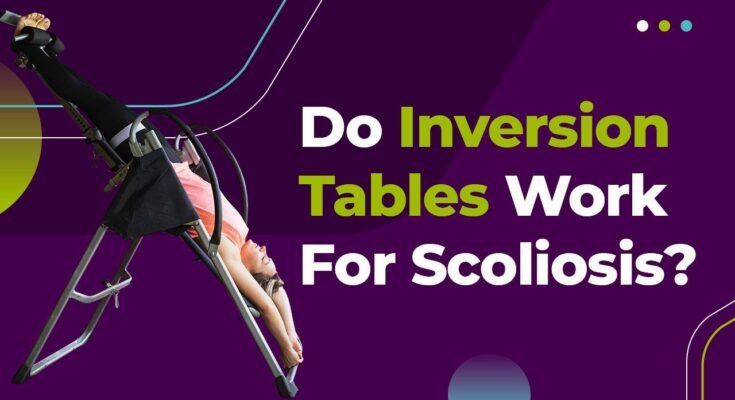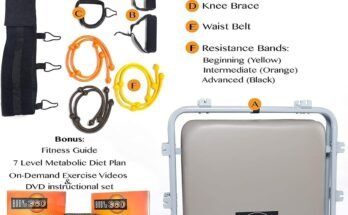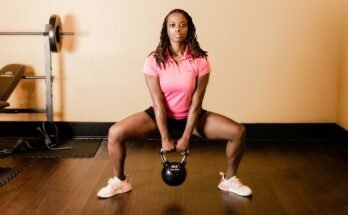Yes, inversion tables may help with scoliosis. They can reduce pain and improve flexibility.
Scoliosis is a condition where the spine curves sideways. Many people with scoliosis experience discomfort and seek relief. One potential method is using an inversion table. This device allows you to hang upside down, which can stretch and decompress the spine.
Some believe this helps realign the spine and ease pain. But, it’s important to understand how inversion tables work and if they are effective for scoliosis. We explore the benefits and risks of using inversion tables for scoliosis. We’ll also look at scientific studies and expert opinions. This information will help you decide if an inversion table is a good option for managing scoliosis.
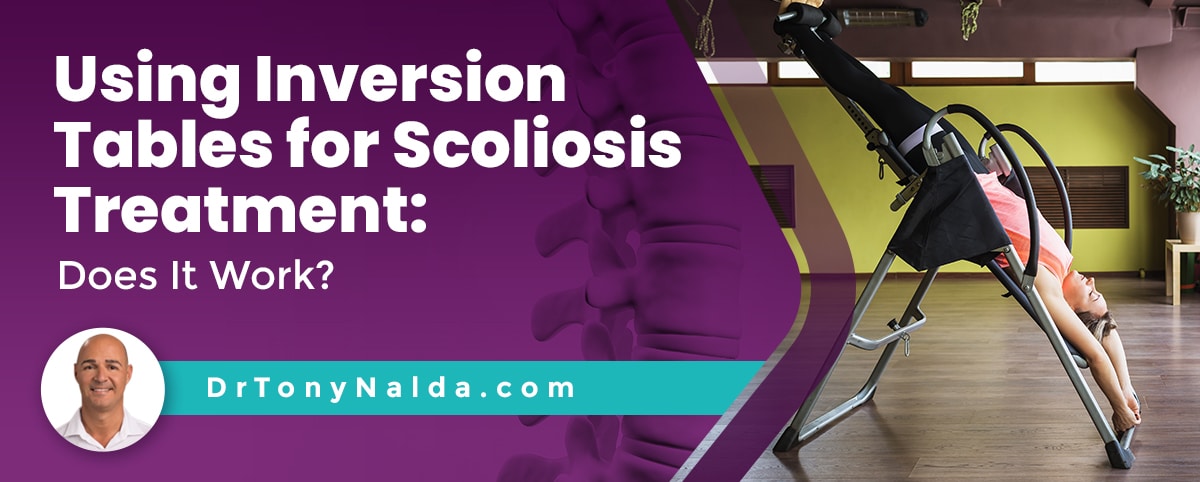
Inversion Therapy Basics
Inversion tables may help some people with scoliosis by reducing pain and pressure on the spine. This therapy involves hanging upside down to stretch the spine and muscles. Always consult a doctor before starting inversion therapy for scoliosis.
What Is Inversion Therapy?
Inversion therapy is a method used to help the body relax. It involves hanging upside down. This can be done on special tables. It helps take pressure off the spine. Many people use it for back pain relief. It might help with scoliosis too.
History And Development
Inversion therapy has been used for a long time. Ancient people practiced it. They believed hanging upside down was good for health. In the 1960s, special tables were made. These tables make inversion easy and safe. Now, people use them in homes and clinics. Doctors sometimes recommend them for back issues.
Scoliosis Overview
Scoliosis is a condition where the spine curves sideways. It can be mild or severe. There are different types of scoliosis. One type is idiopathic scoliosis. This is the most common kind. It often appears in kids and teens. Congenital scoliosis is another type. It is present at birth. Neuromuscular scoliosis happens because of nerve or muscle problems. Each type has its own causes and treatments.
Signs of scoliosis include uneven shoulders and hips. A curved spine is a key symptom. Some people feel back pain. Doctors check with a physical exam. They might ask you to bend forward. This helps them see the curve better. X-rays or scans help confirm the diagnosis. Early diagnosis can make treatment easier. Keeping track of symptoms is very important.
How Inversion Tables Work
Inversion tables tilt your body upside down. This helps reduce pressure on your spine. Gravity pulls your body downward. This can stretch the spine and back muscles. Many people use it for back pain relief. Some believe it may help with scoliosis.
Inversion tables come in various designs. Most have a padded backrest. This makes it comfortable. They also have ankle supports. These hold you in place while inverted. Some models include adjustable angles. Others have safety straps for added security.
Scientific Evidence
Some clinical studies show inversion tables may help scoliosis. Inversion therapy stretches the spine. It can reduce muscle tension and pain. The evidence is still limited. Not all studies agree. Some experts say more research is needed.
Many experts discuss inversion tables. Some say they offer temporary relief. Others argue they may not be effective. Physical therapists often suggest exercises instead. Doctors recommend consulting a specialist before using inversion tables. Always listen to your body.
Benefits For Scoliosis Patients
Inversion tables may help scoliosis patients by reducing back pain and improving spinal alignment. They can also ease muscle tension, enhancing overall comfort. These tables offer a non-invasive option to support scoliosis management.
Pain Relief
Inversion tables can help with pain relief. They stretch the spine and reduce pressure. This stretching can ease discomfort. Many people find this helpful. It is a simple way to feel better. Relief can be quick. Regular use can maintain comfort.
Improved Mobility
Inversion tables can improve mobility. They help the spine move freely. This can make bending and stretching easier. Daily tasks become less painful. It is a gentle way to increase movement. People often feel more flexible.
Potential Risks
Not everyone should use an inversion table. People with certain conditions must avoid it. Pregnant women should not use it. People with glaucoma should avoid it too. Bone disorders make inversion tables risky. High blood pressure is another concern. Heart problems can make it dangerous.
Some users experience side effects. Headaches can happen. Dizziness is common. Muscle pain may occur. Joint discomfort is possible. Eye pressure can increase. Blood pressure may rise. Inversion therapy is not for everyone. Always consult a doctor first.
User Testimonials
Many people share their success stories. They say inversion tables helped their scoliosis. Some feel less pain. Others report better posture. One user said, “My back feels stronger.” Another shared, “My spine looks straighter.” These stories give hope to others. They show that inversion tables can make a difference.
Some users face challenges. Not everyone feels better right away. Some people need time to adjust. Others feel dizzy at first. One user said, “It took me weeks to get used to it.” Another shared, “I felt light-headed after my first try.” These challenges are common. They remind us that patience is key. It may take time to see results.
Alternatives To Inversion Therapy
Physical therapy can help improve posture and strengthen muscles. It involves exercises to stretch and balance the body. These exercises can reduce pain and improve mobility. A therapist will create a plan suited to individual needs. Regular sessions can lead to better spine health.
Surgery may be necessary for severe scoliosis. It helps to correct the spine’s curve. Different methods can be used, like spinal fusion. This connects two or more bones in the spine. Surgery can relieve pain and improve the quality of life. Consult a doctor to understand the risks and benefits.
Choosing The Right Inversion Table
Comfort is very important. Padding must be thick. Adjustability is key. Different heights need different settings. Safety features matter. Look for secure straps. Ease of use is another factor. Simple controls are better. Weight capacity is crucial. Check if it supports your weight. Durability should be checked. Strong materials last longer. Price might affect your choice. Balance cost with features. Customer reviews help. Read what others say.
| Brand | Model | Key Feature |
|---|---|---|
| Teeter | EP-560 | Comfortable padding |
| Innova | ITM4800 | Adjustable settings |
| Ironman | Gravity 4000 | High weight capacity |
| Exerpeutic | Inversion Table | Secure straps |
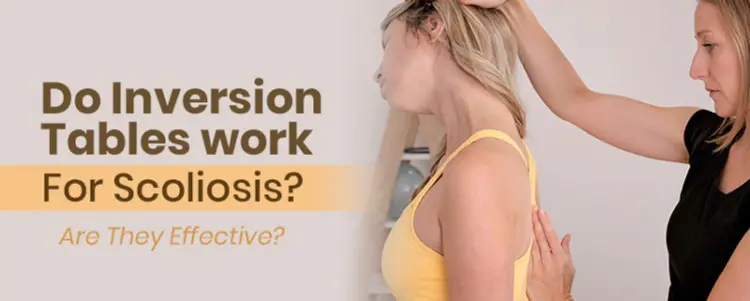
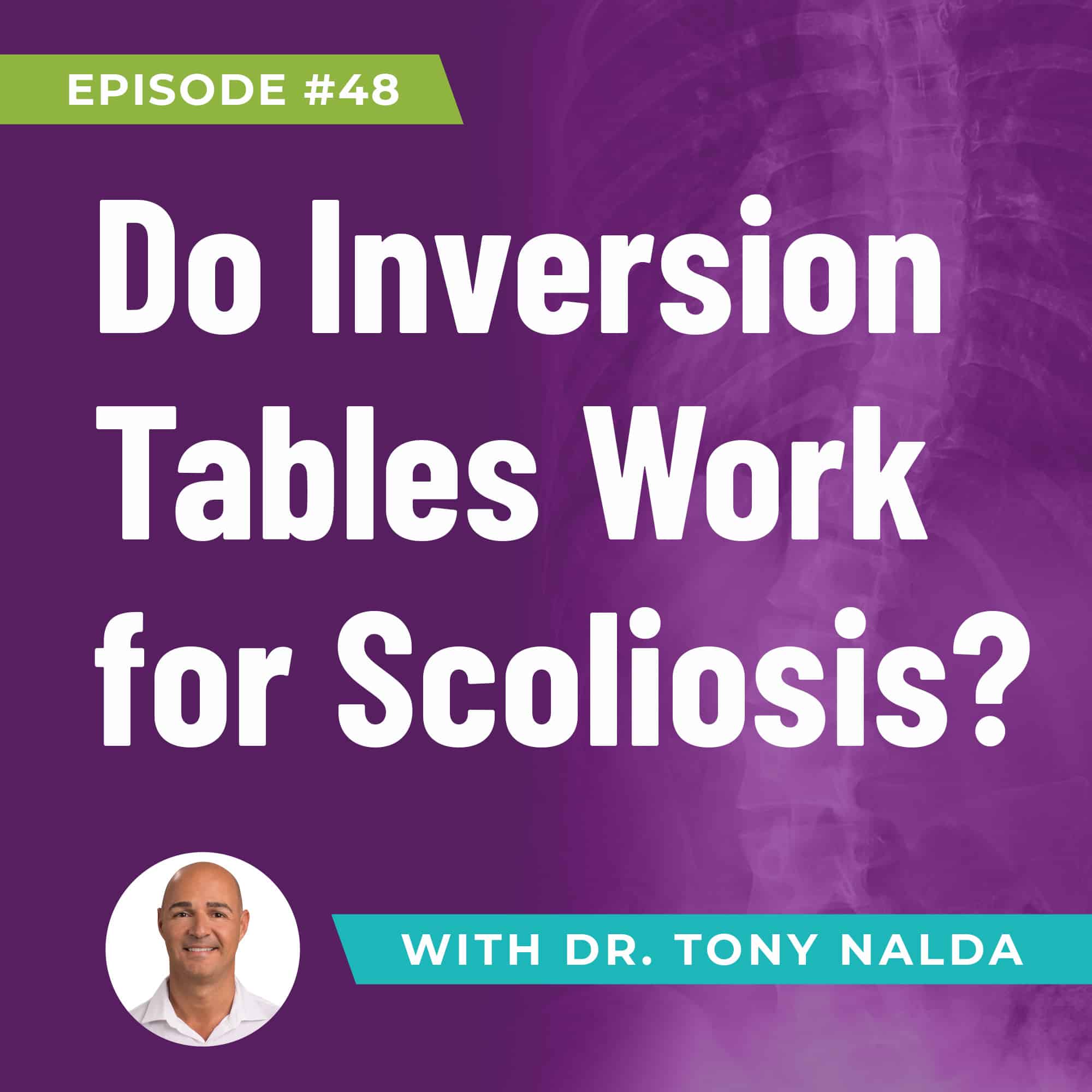
Frequently Asked Questions
What Is Scoliosis?
Scoliosis is a condition where the spine curves sideways. It can cause discomfort, pain, and posture issues. Early diagnosis helps in managing it better.
Can Inversion Tables Help With Scoliosis?
Inversion tables may provide temporary relief from scoliosis symptoms. They help by decompressing the spine and improving blood circulation. Consult a doctor first.
How Do Inversion Tables Work?
Inversion tables work by tilting the body upside down. This helps in decompressing the spine and relieving pressure on spinal discs and nerves.
Are Inversion Tables Safe For Scoliosis Patients?
Inversion tables can be safe for scoliosis patients if used correctly. Always consult a healthcare professional before starting any new treatment.
Conclusion
Exploring inversion tables for scoliosis can be beneficial. They help with pain relief. Stretching and decompressing the spine offers potential benefits. Always consult a doctor before starting any treatment. Inversion tables may not be suitable for everyone. Each person’s condition is unique and requires expert advice.
Consistency and care in treatment are crucial. Patients may see different results. Listening to your body is key. Stay informed and choose wisely. Prioritize your health and well-being. Remember, professional guidance ensures safety and effectiveness.
